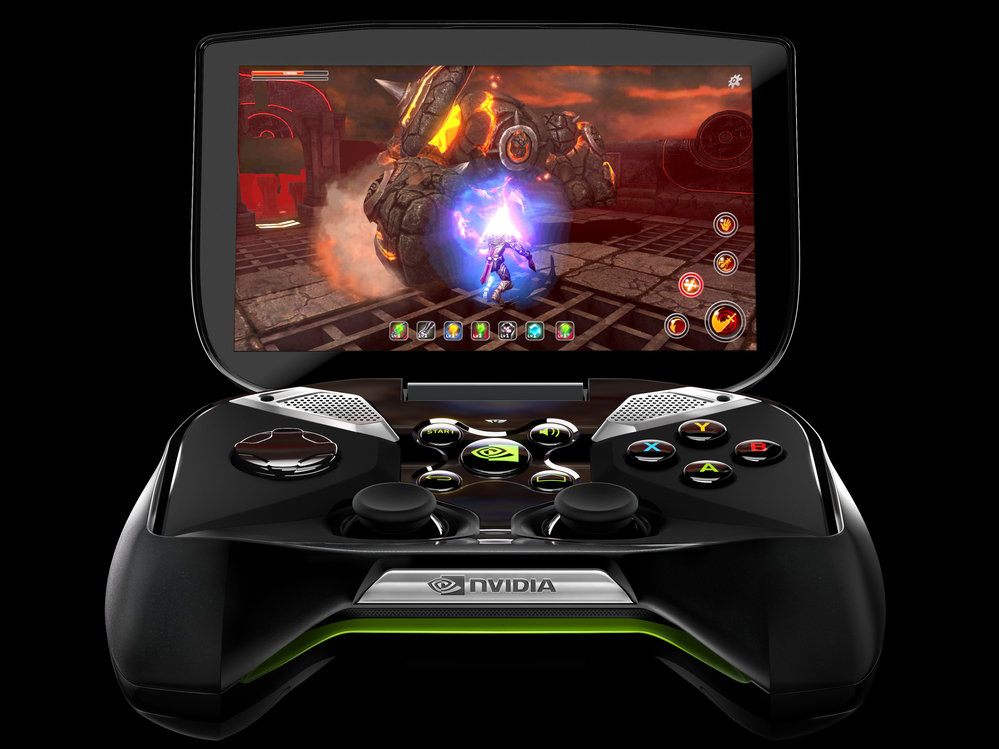 Enlarge image i
Enlarge image i A electronic HAPIfork, which can monitor users' eating habits, is on display at a press event at the Consumer Electronics Show in Las Vegas.

A electronic HAPIfork, which can monitor users' eating habits, is on display at a press event at the Consumer Electronics Show in Las Vegas.
What's the coolest new gadget at the Consumer Electronics Show in Las Vegas this week? It's too soon to tell. But I have an early favorite for the title of oddest new gadget: the HAPIfork and HAPIspoon. They may sound like characters from a nursery rhyme, but this fork and spoon connect to the Internet and can monitor and record how you eat.
The HAPI utensils measure how long your meals last, how long you pause between each bite and how many mouthfuls of food you consume.
If these utensils think you are eating too fast, they will vibrate it feels kind of like a silent ring on a cellphone to let you know to slow down.
Unfortunately, they are not yet programmed to beep or issue electric shock if you chew with your mouth open. However, you can plug them into your computer when you are done with your meal and upload the data about what you just ate. And you can share it all on Twitter.
Sensors, Sensors Everywhere
As odd as the HAPI utensils may be, they actually touch on a couple of major themes here this year. One is that computers and sensors are being built into everything from forks to ski goggles.
The second trend that the HAPI utensils epitomize is the proliferation of gadgets designed to monitor your weight or how much you exercise or to keep tabs on your eating habits. Most of these little gadgets make it possible to post all of this information online or analyze it on your smartphone.
A company called Withings helped kick off this trend a couple of years ago by launching an Internet-connected scale. Withings is back with more monitoring devices. But it's a crowded field.
There are at least a half-dozen companies from FitBit to Jawbone UP to Nike's FuelBand competing to make little gadgets or bracelets that can measure how fast you run or how many steps you take, your pulse, or even your sleep.
I met one poor woman who worked for Withings public relations who has now been posting her weight on Facebook for years.
All of which makes me wonder if these products really appeal to anyone.
There are millions of dieters in America, but do they really want to share details about every pound lost or gained? And of course, there are hardcore athletes who want to collect detailed data on every workout, but that's not exactly a mass market.
This category hasn't really broken through to the mainstream. So perhaps it shouldn't be surprising that some companies that make these devices are talking to health insurers and employers about using them to create employee incentive programs
For me, though, that tiptoes right up to the creepy line.
Convergence In The Living Room (Again)
But enough about exercise and eating right. CES wouldn't be CES without something for the couch potato.
 Enlarge image i
Enlarge image i Nvidia's Shield allows gamers to stream either Android games or PC games onto their big-screen TVs.

Nvidia's Shield allows gamers to stream either Android games or PC games onto their big-screen TVs.
There are literally acres of TVs in every possible flavor from 3-D to the new super-high-def 4K televisions.
One of the tech trends I'm interested in is the ongoing effort to get your TV to play nicely with your smartphone, tablet or PC.
So far, one of the most interesting and surprising things in this space has come from Nvidia. Its graphic processors power countless video games and the fastest supercomputer on the planet.
But Sunday Nvidia launched its first ever consumer gaming device. It allows gamers to stream either Android games or PC games from this little tablet the Shield right onto their big-screen TV in their living room.
But that's not the Shield's only trick.
Basically the Shield is an Android tablet with game controllers attached. But it can also tap into PCs equipped with Nvidia's latest processors and can access all the movies and content in the Google Play store and throw all of that content up on your TV.
"You should be able to sit on your couch and if you decide that you would like to share the movie that you are watching on television you simply have to beam it to your television," said Jen-Hsun Huang, Nvidia's co-founder and CEO.
For a device like the Shield to become a commercial success, it has to be incredibly simple to use. It just has to work. Judging from Nvidia's demo Sunday night, it's not there yet.
There were some hiccups long pauses and awkward moments while executives onstage tried but failed to connect the device to a PC and a TV. But even if this particular gadget doesn't catch on, I think it's clearly pointing in the direction consumer electronics are headed.
No comments:
Post a Comment